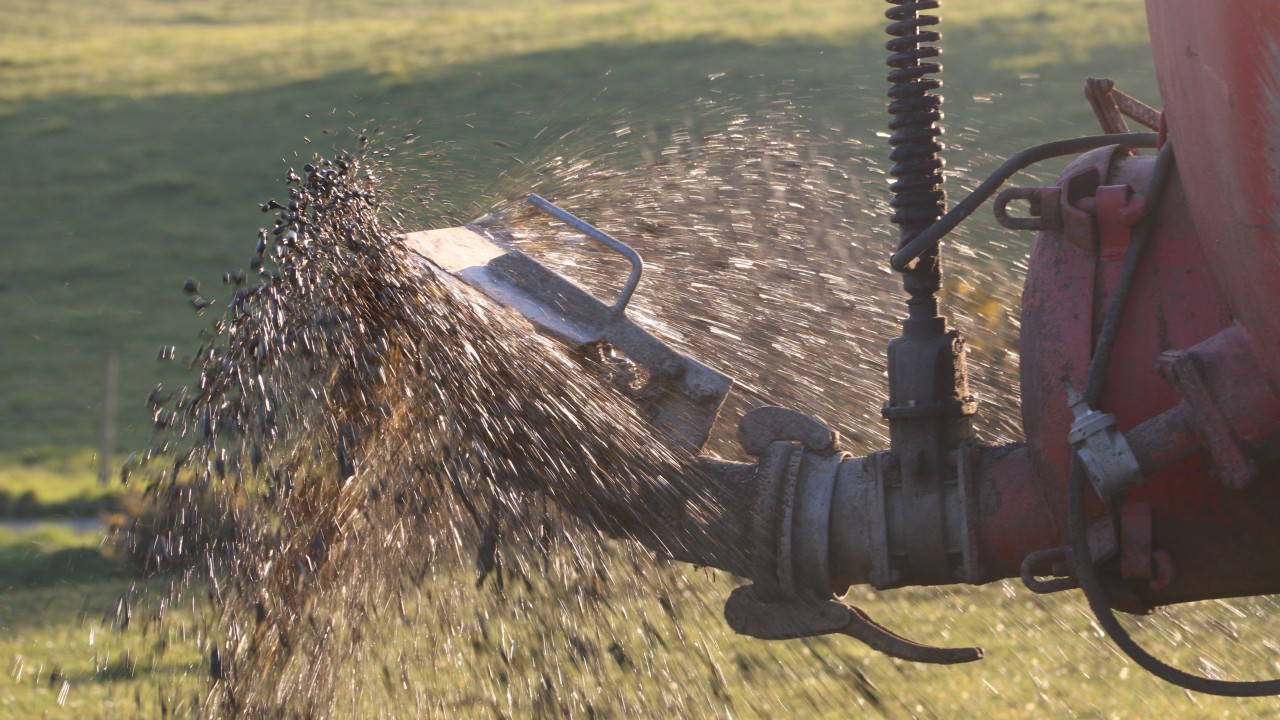The Government has launched a Code of Good Agricultural Practice for reducing farm ammonia emissions today.
The code is not a manual on how to manage your farm or holding; however, it aims It is to help farm managers find appropriate actions to improve their individual situations.
Below are some of the key points and where to look for financial support:
Financial support to reduce ammonia emissions
You may be eligible to apply for a grant towards equipment that will help you to carry out some of the actions set out in the code.
For example, the Farming Ammonia Reduction Grant Scheme offers support for installing slurry store and lagoon covers.
As part of the scheme, claimants will also receive one-to-one advice from a farm adviser on ways to reduce ammonia emissions and conserve nitrogen which could also increase farm efficiency.
For further information on grants which may be available, see: www.gov.uk/topic/farming-food-grants-payments/rural-grants-payments.
The code covers five key areas: manure storage and spreading; livestock housing and diets and Inorganic fertiliser use.
Storing organic manures
- Ensure your farm has enough well-maintained storage to be able to spread slurry only when your crops will use the nutrients;
- Cover slurry and digestate stores or allow your slurry to develop a natural crust;
- Use slurry or digestate storage bags;
- Cover field heaps of manure with plastic sheeting;
- Keep poultry manure and litter dry.
Spreading organic manures
- Use a nutrient management plan and regularly test manure and soil to calculate suitable application rates and plan timing;
- Spread only the right amount, in the right place, at the right time;
- Spread in cool, windless and damp conditions;
- Spread slurry and digestate using low emission spreading equipment (trailing hose, trailing shoe or injection) rather than surface broadcast (splash plate);
- Incorporate solid manure, separated fibre, cake or compost into the soil by plough, disc or tine as soon as possible and at least within 12 hours; or
- Consider processing slurry or digestate, such as by acidification (with professional equipment and advice) or separation.
Spreading manufactured fertilisers
- Use a nutrient management plan to calculate suitable times and rates of application;
- Switch from urea-based fertilisers to ammonium nitrate;
- Use urease inhibitors with urea-based fertilisers;
- If applying urea-based fertilisers, spread when rainfall is due, apply by injection to soil or incorporate into soil as soon as possible;
- Apply ammonium nitrate in cool and moist conditions but avoid applying when rainfall is expected.
Livestock diets
- Consider using a professionally formulated diet to match the nutrient content of the feed to the requirements of the animal at different production stages.
Livestock housing
- Regularly clean housing and yards and remove manure. For example, use a belt system to remove layer manure twice a week and regularly wash and scrape cattle yards.
- Minimise the amount of mixing between urine and faeces as ammonia forms when the two mix. For example, use grooved floors in cattle housing to channel urine.
- Minimise the surface area of exposed slurry pits. For example, use V-shaped gutters and reduce the surface area of the slatted area in pig housing.
- Keep poultry litter and manure dry. For example, ventilate colony deep pit or channelled systems.

